It is sometimes necessary to assemble pieces of different metals, but welding metal is tricky. There are so many people searching for ways to “attach metal pieces without welding?”
While welding is one of the popular methods of doing this, several other options are available, and soldering, brazing, riveting, adhesives, and even nanomaterials can also use.
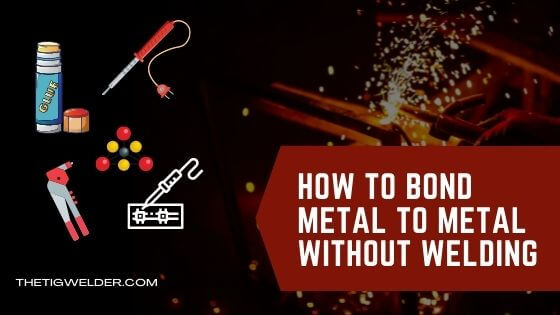
How to Bond Metal to Metal without Welding
There are a few techniques that can replace welding. Although some of these options may seem risky, such as welding, many are not as dangerous. Therefore, beginners or novices can benefit from them.
Let’s look at how to bond metal to metal without welding.
1- Glue
The glue hack is a great method for welding metal without a welder. Glue is a simple way to join two metal surfaces. First, an adhesive is applied to the surfaces that need to be joined; then, the surfaces are pressed together to form a bond.
Metals can be attached with various adhesives, such as silicone, polyurethane, epoxy, and double-sided tapes.
This product fuses various metallic cores to produce a strong bond between surfaces that need to join.
Initial Preparation
Don’t work in a hot or humid environment. Moreover, the area should be large enough to accommodate everything. Cover any nearby furniture with newspaper or protective clothes.
After that, pay close attention to the parts that need to be glued together. Ensure that they fit together perfectly. Next, get rid of any dust particles, cloth fragments, or adhesive remnants around the areas to put the glue.
Additionally, wearing latex or nitrile gloves will provide you with extra protection. Metal glue can’t apply to PVC, cotton, or nylon.
How to Apply
Follow the below-mentioned steps:
Cleanup
The glue should only apply to dry, clean surfaces that are at least a little rough. Make sure all grease, oil, wax, dirt, and dust are completely cleaned. Wipe off fingerprints with a cloth as well. Consider roughening up the surface with sandpaper if the surface is too smooth.
Adhesive Application
Check the glue tube for instructions. These instructions will explain how to apply the product and how long it needs to dry.
Apply glue to both surfaces with a brush or spatula after opening the cap.
Put the pieces together tightly and press them together. Don’t leave spaces between them. Keep them undisturbed for about an hour after pressing them.
Curing and Clamping
The clamping time for metal epoxies is usually about an hour. They cure more slowly than super glues and polyurethanes due to their longer curing times. Keep the glued parts undisturbed for at least eight hours after the glue has been applied.
2- Brazing
In the brazing method, various metal components join with a filler metal. Then, a temperature greater than 800 degrees apply to the filler metal. Although this method is similar to welding, it is less expensive. 
To braze two pieces of metal, use a flame torch to heat flux between them. Then, using a braze (lower melting point metal), the pieces are solidly fastened together. Filler metal can make from a variety of materials. Among them are nickel, silver, cobalt, copper-phosphorus, as well as precious metals.
Initial Preparation
- Take a look at a few videos on cleaning materials properly and where to “wet” the joining areas.
- Secondly, make sure that the metal is working with is appropriate for torch and brazing.
- Use this torch to join copper tubes for smaller projects, such as joining copper tubes.
How to Apply
- It is essential to ensure a good fit between the two metals to ensure capillary action.
- Brazing requires clean metal surfaces. If there is any rust, get rid of it first with grease and oil.
- It is helpful to use flux.
- Before brazing to prevent oxides from forming on the joints’ Surfaces: Utilize gravity as support when brazing the joints.
- Heat the assembly to brazing temperature first, then fill the joint with the filler metal.
- After brazing, clean the assembly thoroughly to remove most flux residues, including cleaning flux resides and oxide scale.
3- Riveting
Riveting is an excellent method of joining sheet metal. A rivet is a mechanical fastener used to join metal pieces together.
The method can use to resist tension loads where opposing forces are present as well. Overall, bolts and screws are the better methods for supporting tension loads, however.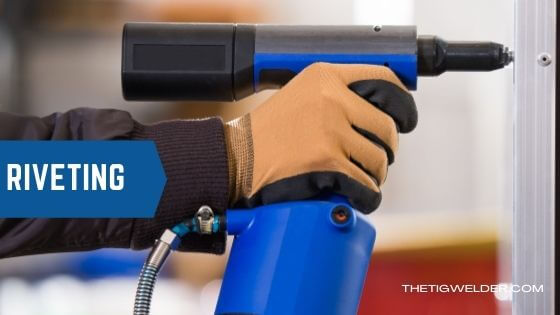
In the construction industry, it is most commonly used when using lightweight materials that require strong joints. Automobile chassis is also made from it. One of the easiest ways to rivet is with pop rivets. It’s quick and easy, and the tools are cheap.
How to Apply
- Punch the holes in the plates (While working with light-gauge sheets) or drill
- them (While working with heavy-gauge pieces).
- Whenever drilling takes place, the burr should remain.
- All pieces of metal need to be firmly connected.
- The rivet is inserted one at a time into each hole.
- Once the clip is inserted, strike it hard enough to straighten out the head.
- The hooks will pull the pieces together once the pieces are cool, so let them cool.
4- Soldering
Circuit boards and electronics are often connected with soldering, which is similar to Welding. On the other hand, Welding sets up a mechanical connection, whereas soldering typically forms an electrical connection between metals. Wire coils look similar to solder, which is a substance and melts when applied to hot surfaces. 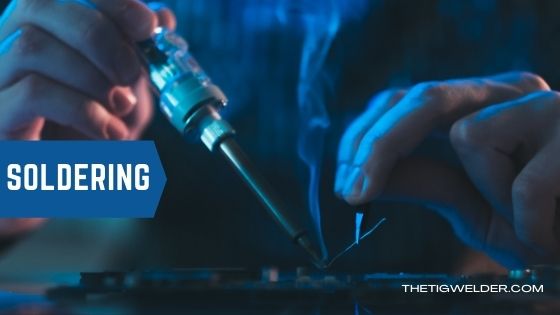
A typical solder contains 99 percent tin, along with zinc, silver, copper, and bismuth. Also Know: How to test Auto darkening Helmet
Initial Preparation
Here’s an overview of how to solder metal pieces together. First of all, collect all the below-mentioned material.
- Flux
- Brush
- Solder
- Sandpaper
- Damp cloth
- Painter’s tape
- Safety glasses
- Protective gloves
- A soldering iron
- Damp sponge
How to Apply
- Make sure the iron is plugged in and given time to heat. It’s healing, too. Sand the edges of the metal that need to be joined.
- For the pieces to connect without gaps, they must be smooth.
- Cover any places where the solder will not be necessary with painter’s tape.
- Prepare the soldering areas by applying flux.
- Set up the workstation, but be sure to keep a distance from the soldier.
- During this process, it is best to wear safety goggles and gloves.
- Now Start the soldering process.
- After the process, let the metal cool.
- The excess solder should be scraped off after everything has cooled.
5- Nanomaterials
A very new metal joining technique is utilizing nanomaterials or nanoscale sculpting. This process involves roughening the metal surface with electro-chemicals, 3D printing, and etching methods.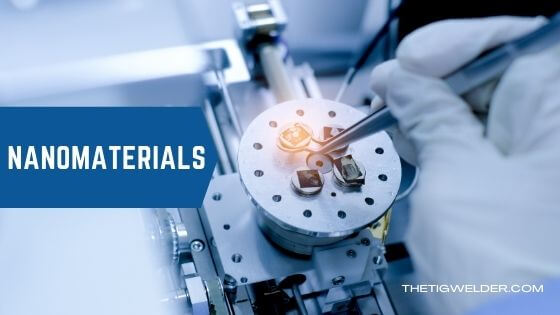
The results are a fine hook-like structure produced on a tiny scale. The adhesive is used to link these two surfaces, which provides an excellent bond.
Surfaces, especially those that have already been treated or painted, will not be damaged by high temperatures. It can be used in the construction of ships and cars to join large and heavy components.
FAQ’s
Metals can be permanently bonded to metal by what method?
Metal to metal bonding is made possible with cyanoacrylate, also known as an instant adhesive. All metals can be adhered to by cyanoacrylate adhesives, as long as the metal is reactive. Thus, brass and copper work better with the super glue for metal than steel.
Is there metal glue that is stronger than others?
Bonding compound for Loctite Epoxy Weld
Loctite Epoxy Weld Bonding Compound is another option for glueing metal. The fastest and strongest way to bond most metals, including iron, steel, aluminium, brass, copper, and pewter, is by oxy-acetylene welding.
What is the best way to stick metal to metal at home?
Glue made of epoxy
Among the metal-to-metal adhesives, epoxy glue forms the strongest bonds. Epoxy adhesives typically instruct you to mix an equal mixture of adhesive and hardener before applying the mixture to one of the surfaces you are bonding.
Conclusion
Welding is an effective and reliable way of bonding metals together. It may not be necessary all the time, and its disadvantages might prevent us from selecting such an option.
However, this can also be dangerous and expensive. The options as mentioned above for joining metal use instead of welding. They each have their advantages and disadvantages, but there is something to suit every situation.
No matter what metal is going to join, the following techniques may fit the needs. Additionally, they are less expensive. Choose your favourite process and get to work!
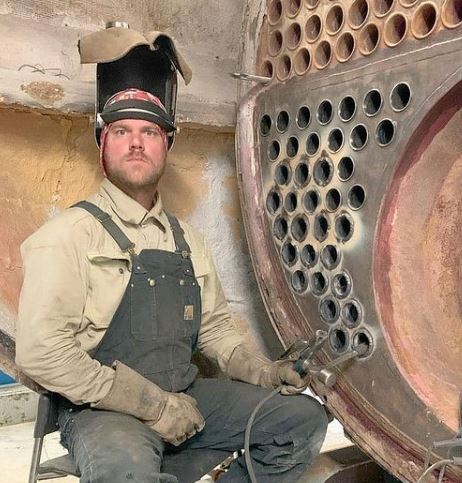
It’s been years since I got into welding as a side hustle. It’s been so long since Doing All kinds of welds for business and pleasure as this is my hobby. Being in this field I have learned from hands-on-experience also came to know what gears work and what doesn’t. The Tig Welder is my own platform where I use to share my experience.
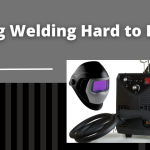

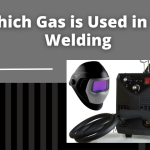


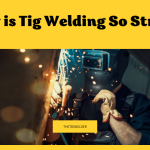
Leave a Reply